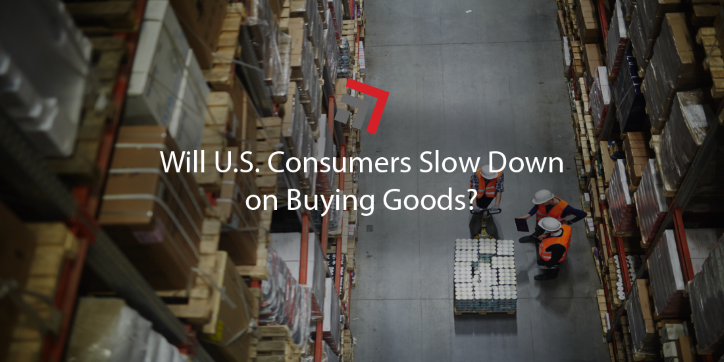With more Americans getting vaccinated and the economy reopening, many thought the boom of goods-buying during the pandemic would slow down, however, it seems as loud as it was last summer, with no sign that it will ease off any time soon.
It has always been known that consumer behavior is always at the center revolving around supply chain activity, but even more so today. According to Freightwaves, businesses are continuing to struggle with backlogs and stock outs. Inventory levels remain at or near record lows. Transportation networks, overrun with demand that no one expected, have been forced to take extreme measures such as shutting down core eastbound intermodal lanes to catch up with volume surges.
Lee Klaskow, a senior analyst at Bloomberg Intelligence said the only exceptions that he has seen, were products such as beer, wine, and spirits, where the demand today is lower than it was during the summer of last year. It’s looking like relief for shippers, third parties, and carriers living with overworked supply chains will not be happening any time soon.
Data from Phil Levy, an economist with Flexport, shows from January 2016 to February 2020, the ratio of personal expenditures on services and goods was remarkably consistent. With about 70% of spending went to services, and about 32% to goods. When the lockdown happened in early 2020, the shift in ratio began, which for many, made goods-buying the only outlet for their dollars. Levy attributes the current trends to a sea-change in consumer behavior triggered by COVID-19’s extended duration. It is important to note that the raw numbers are not perfect, as the government’s data has a two-month lag time. As well as Flexport’s own projections do not extend out more than two months.
The pandemic has also exposed how interdependent the world’s major trading partners are on each other, and how big of an impact an event of such magnitude can have. If you have any questions, please reach out to our team today!



Recent Comments